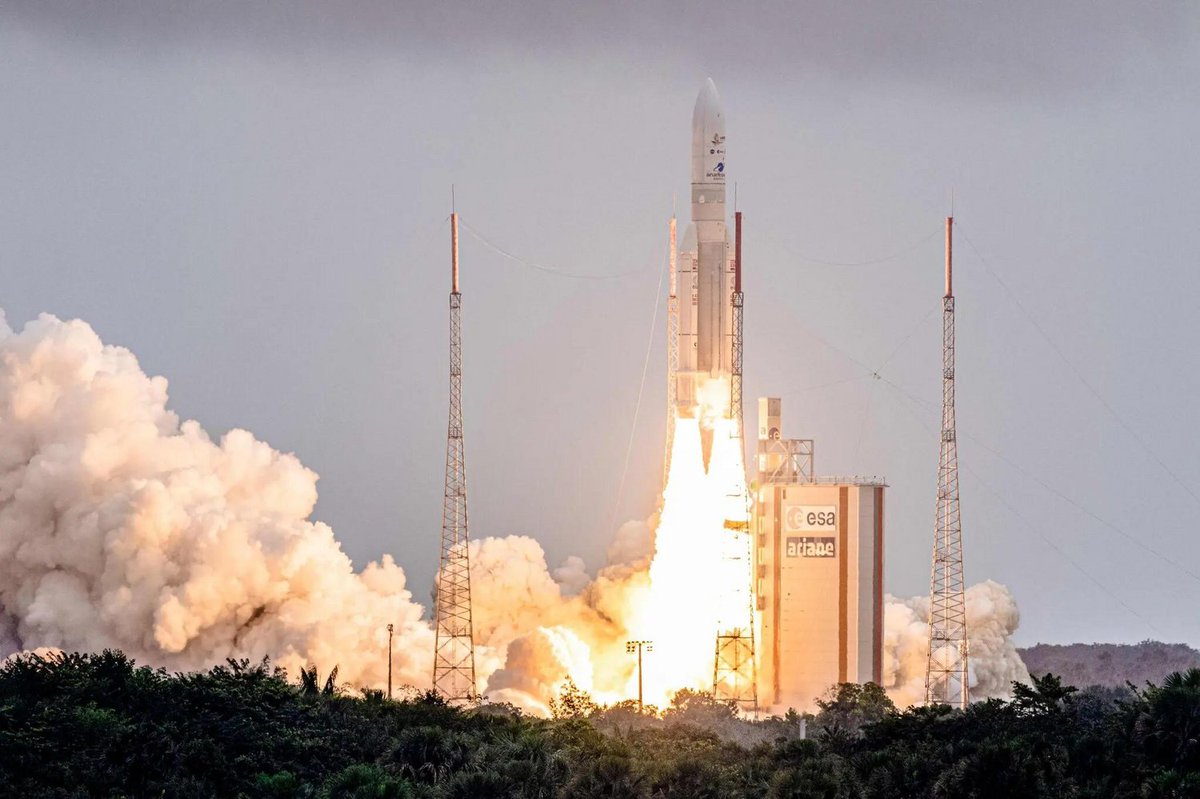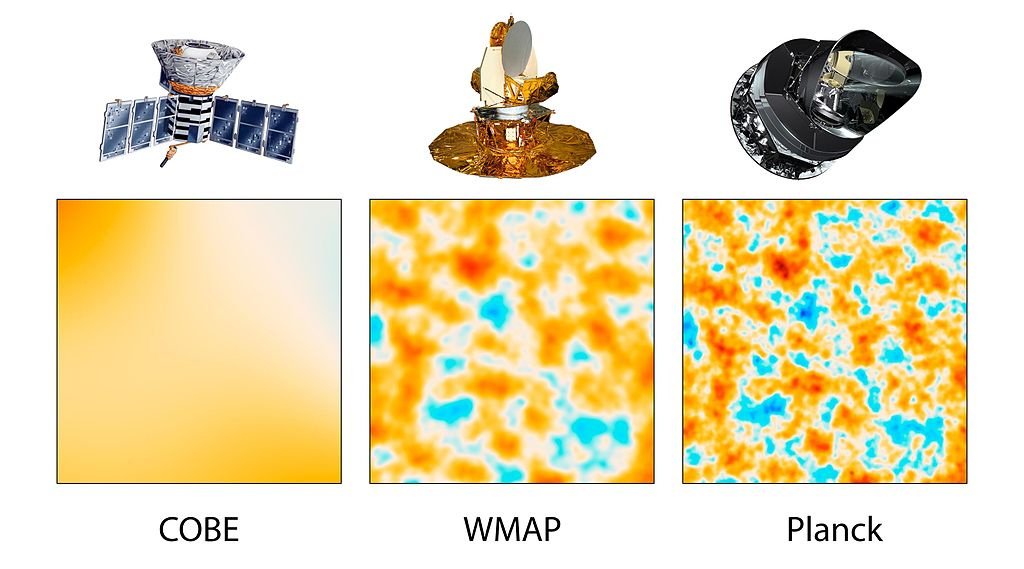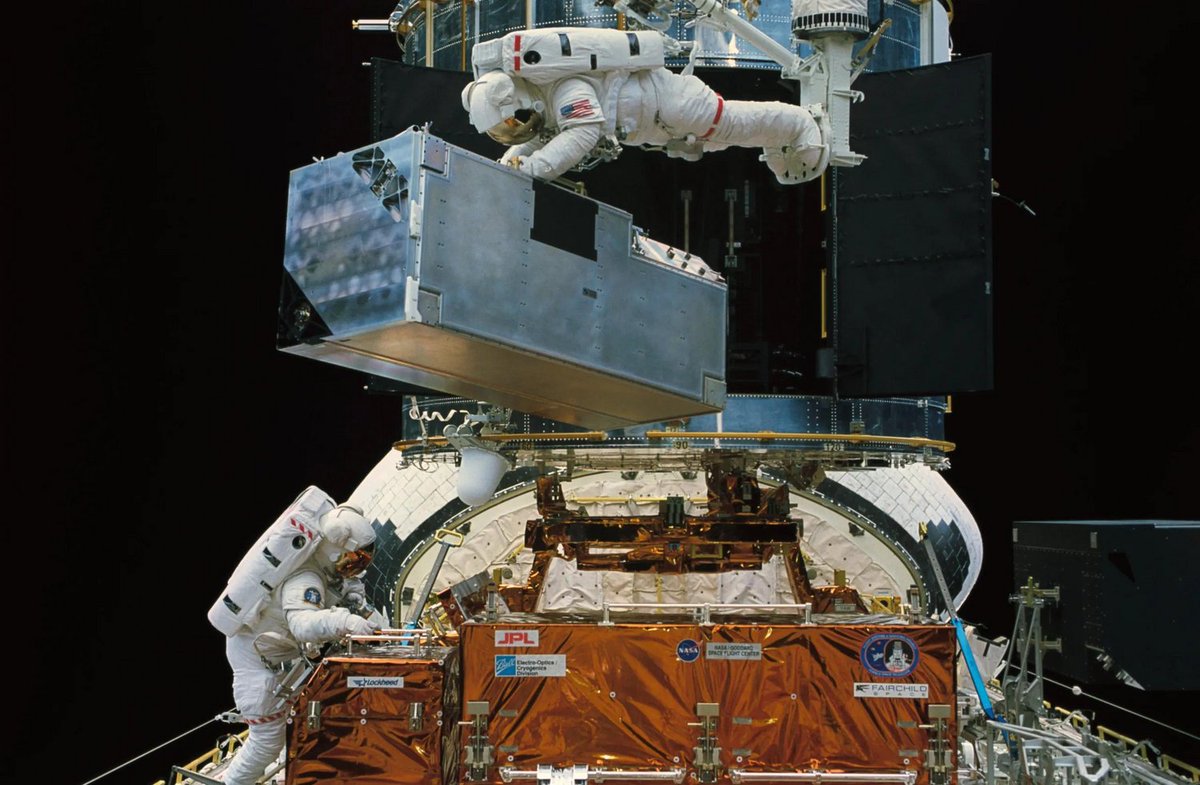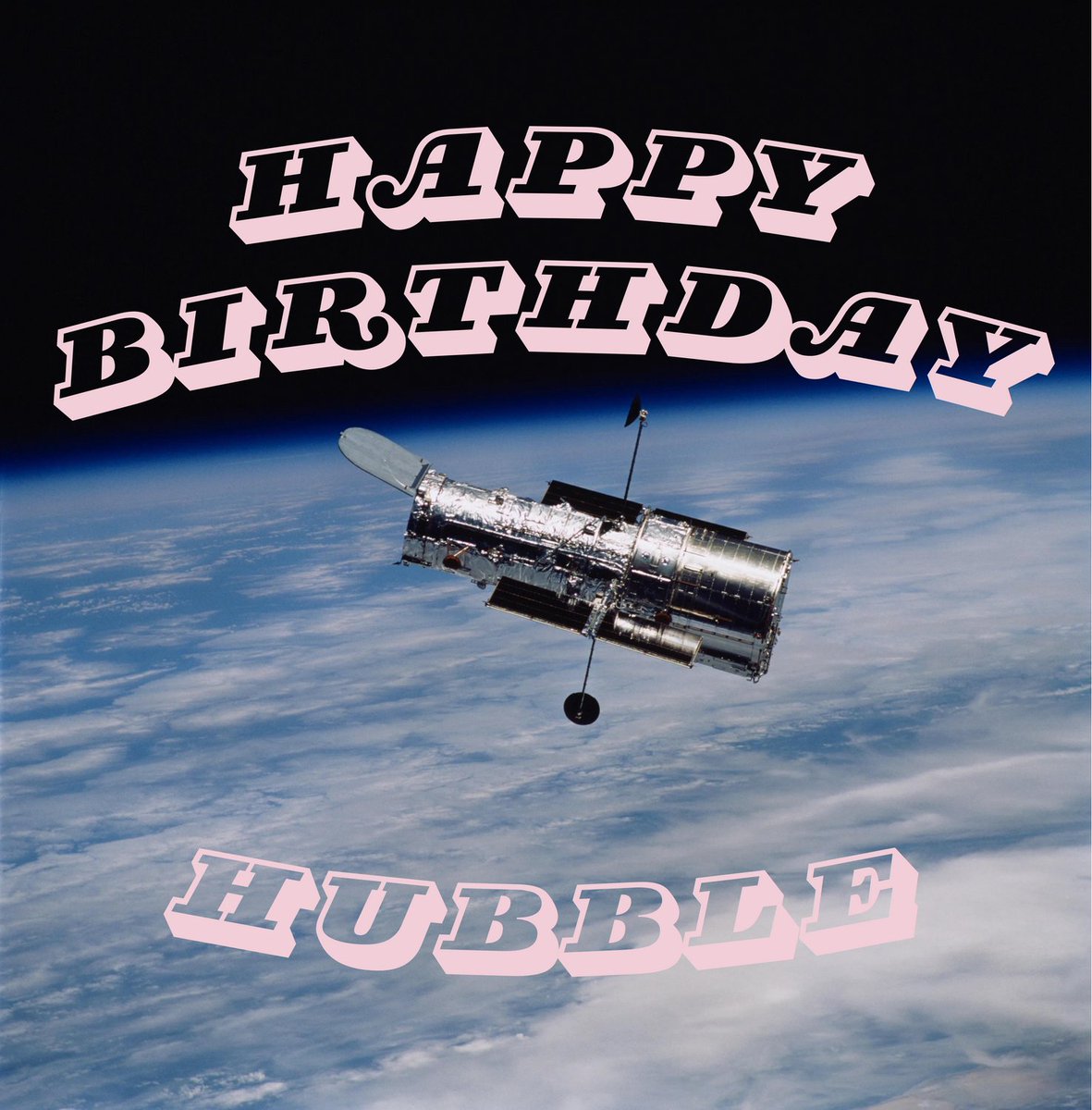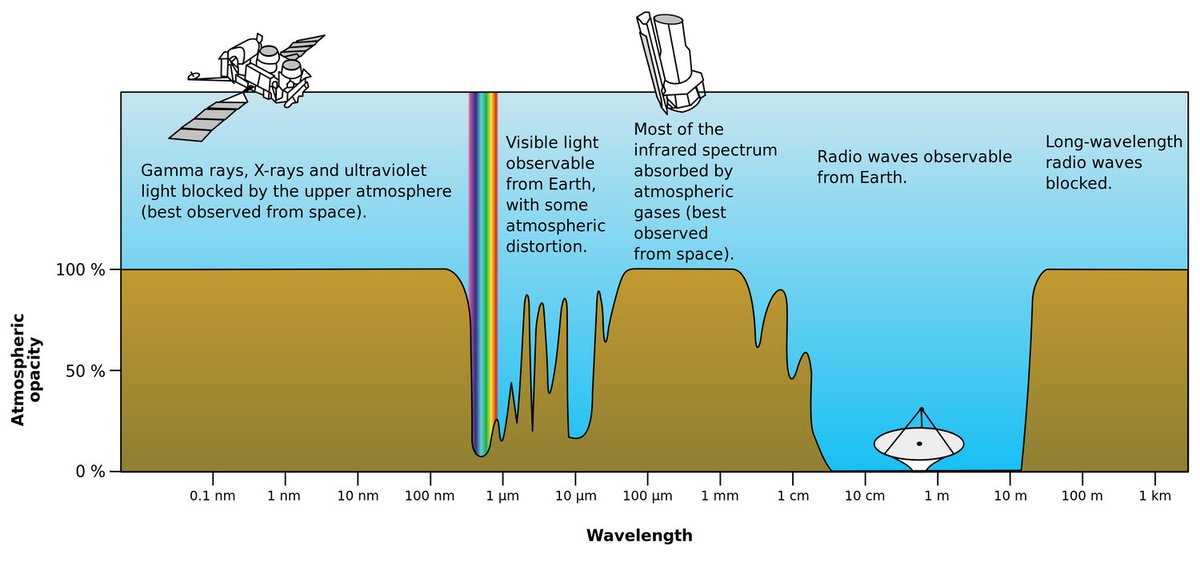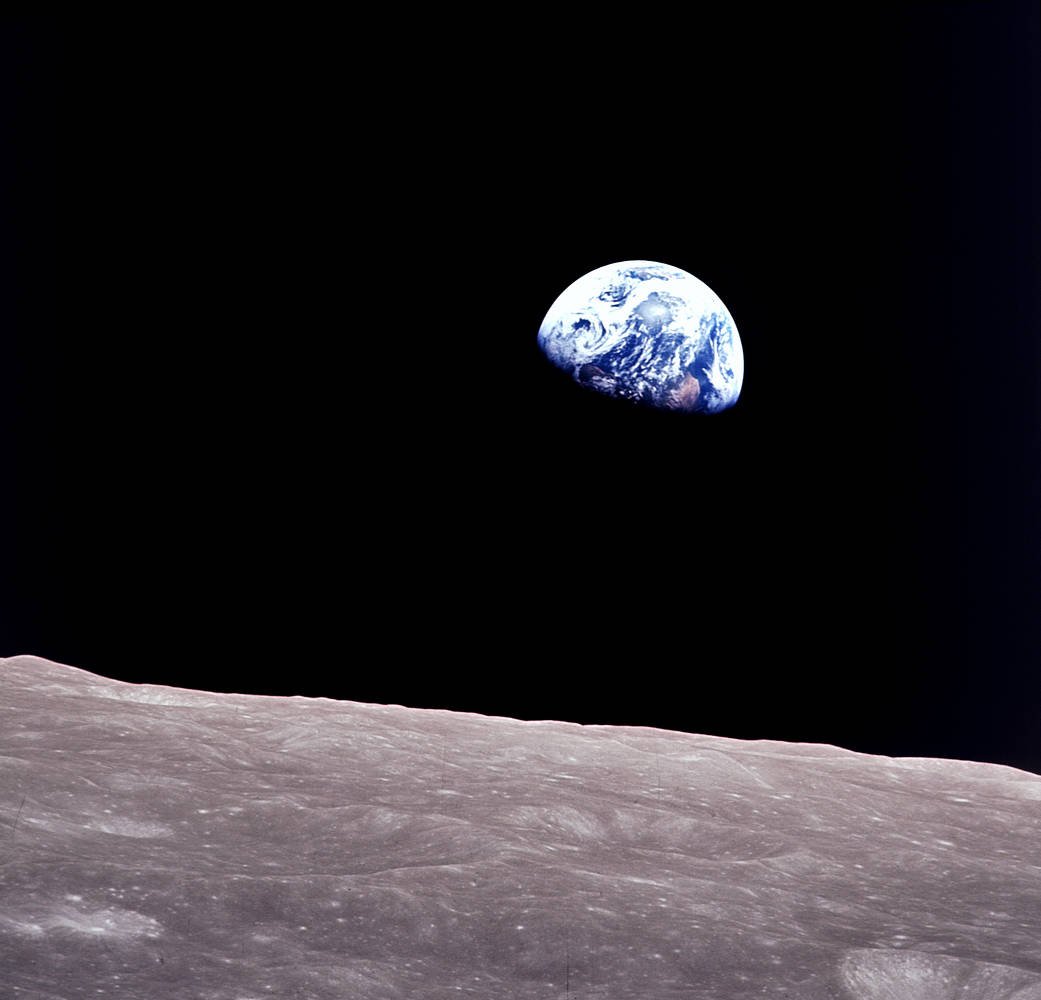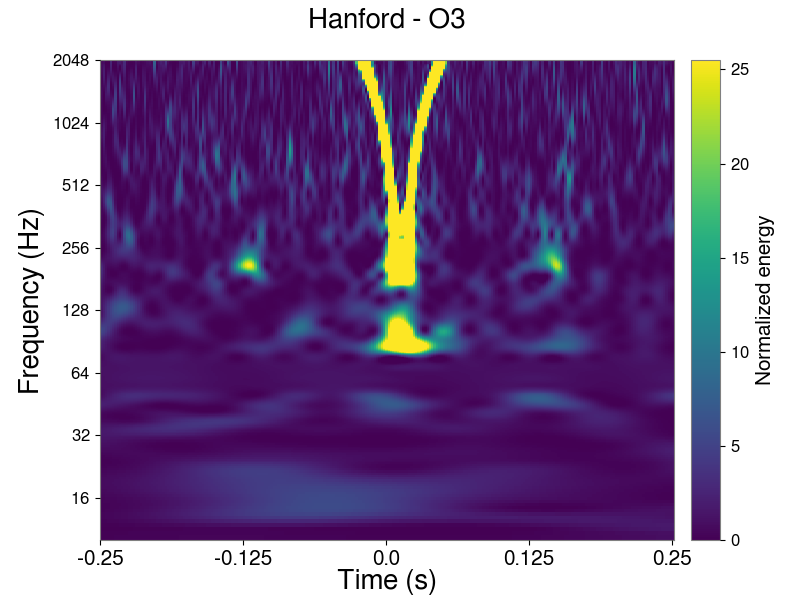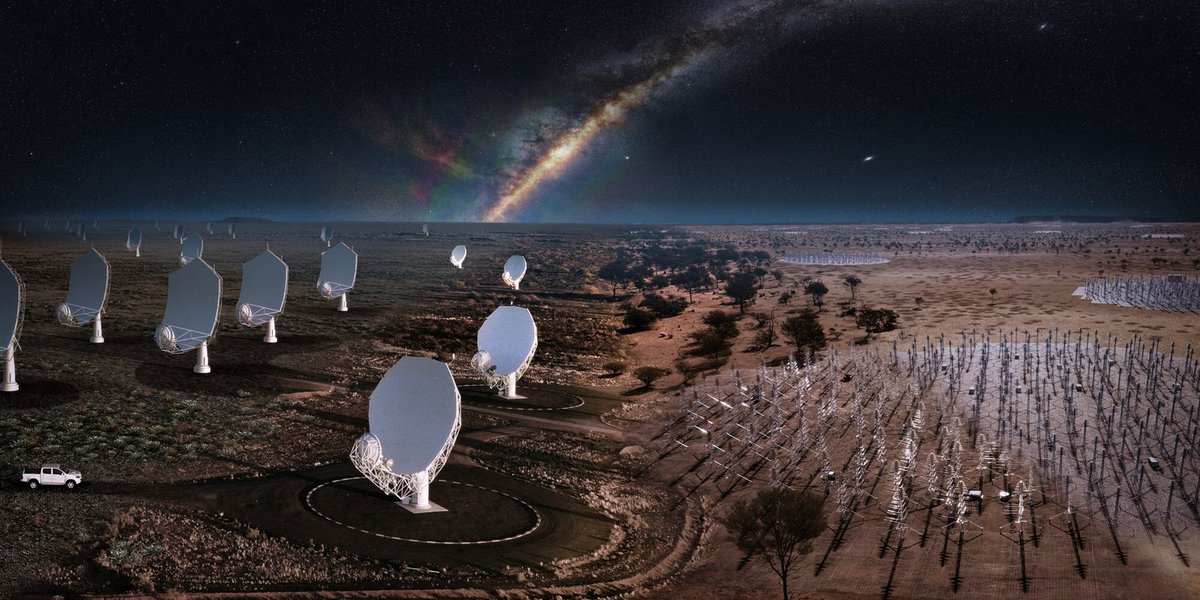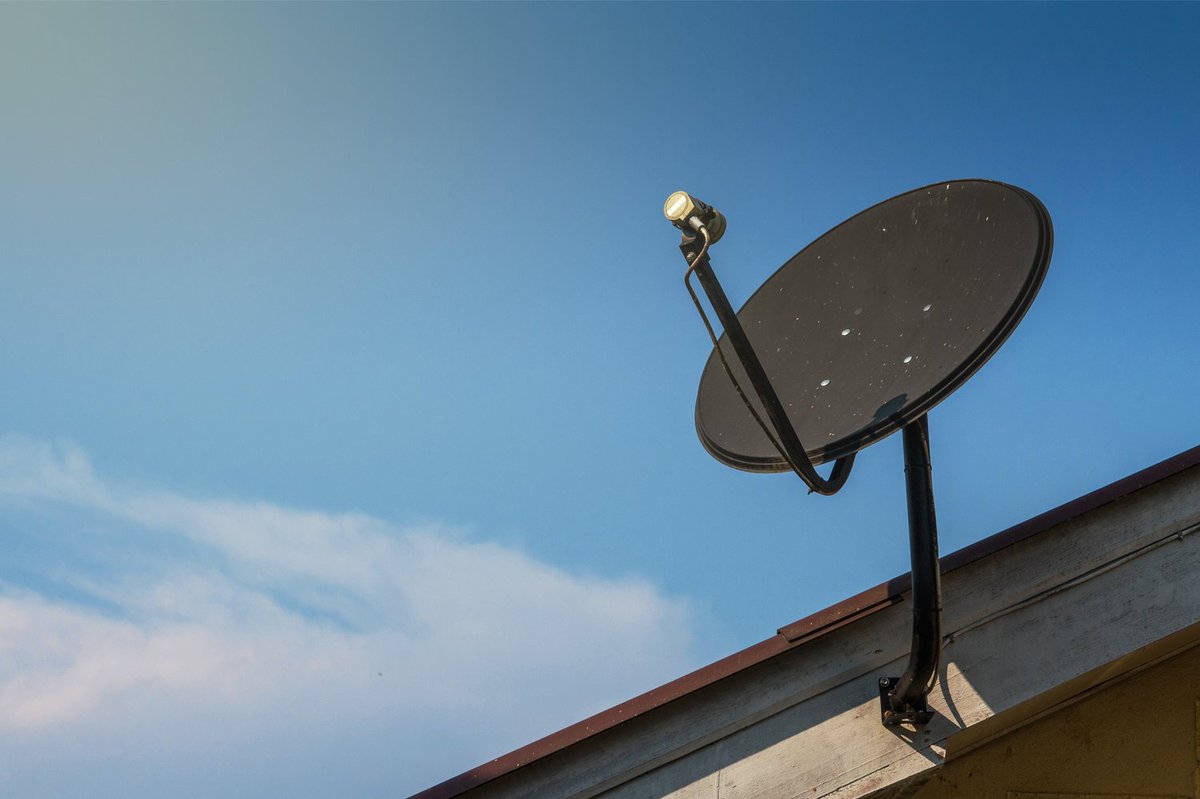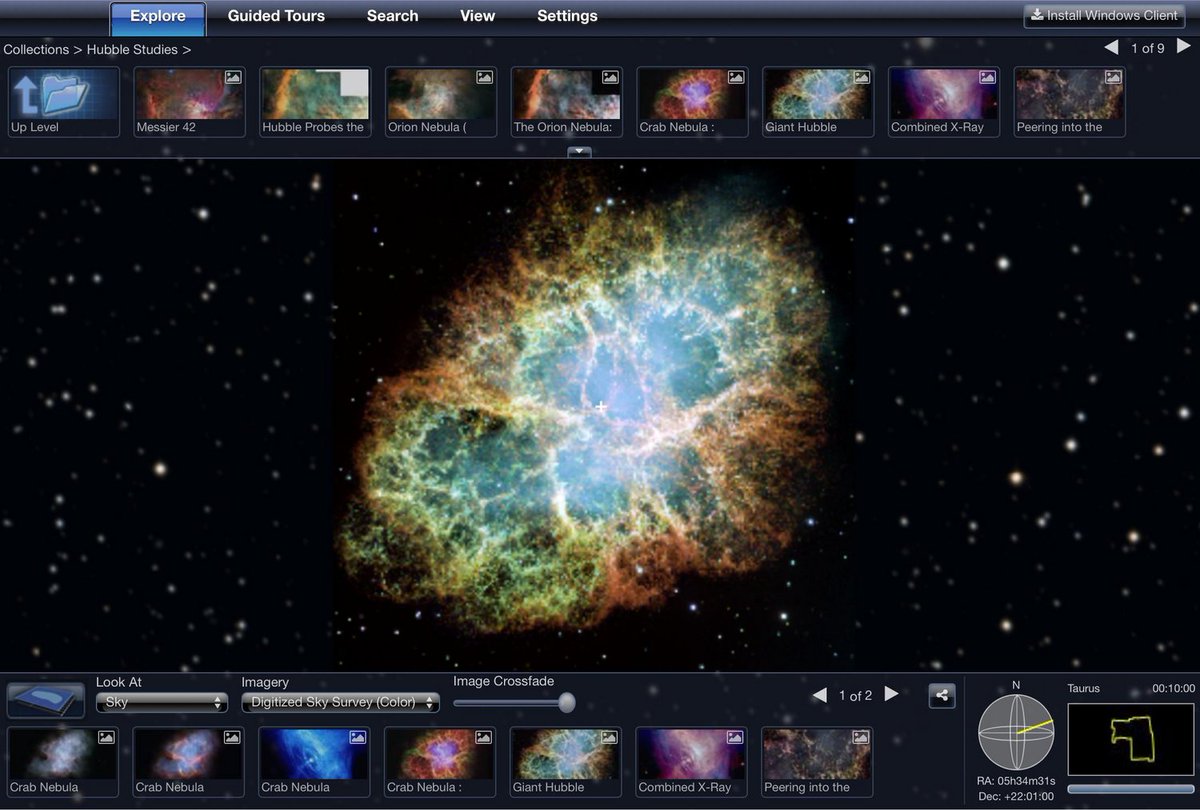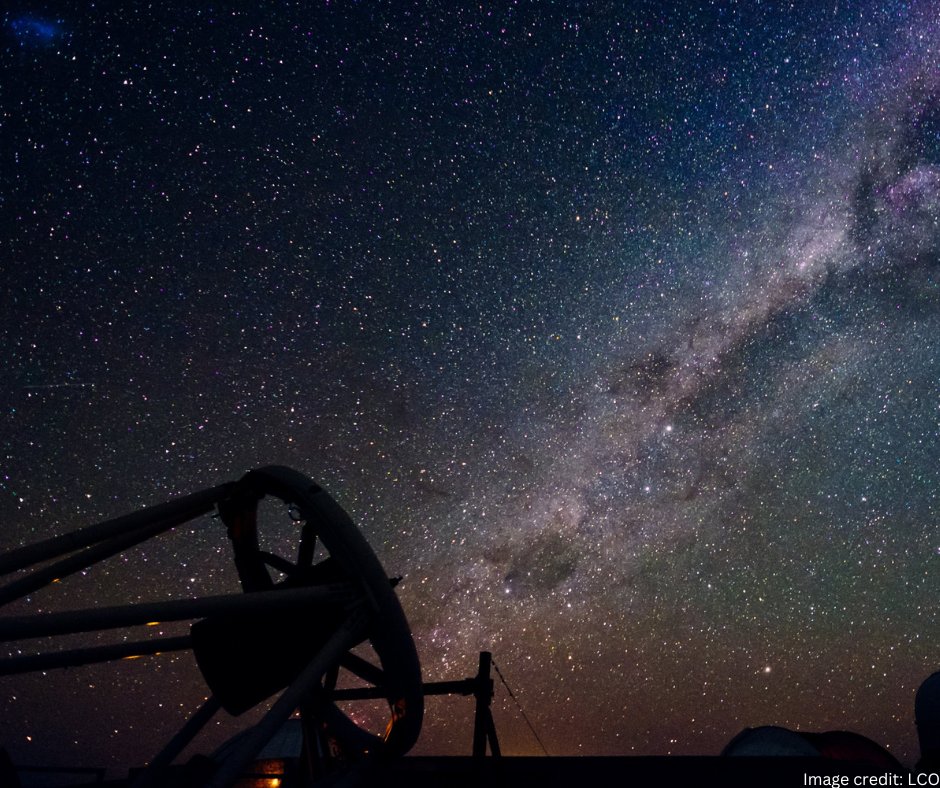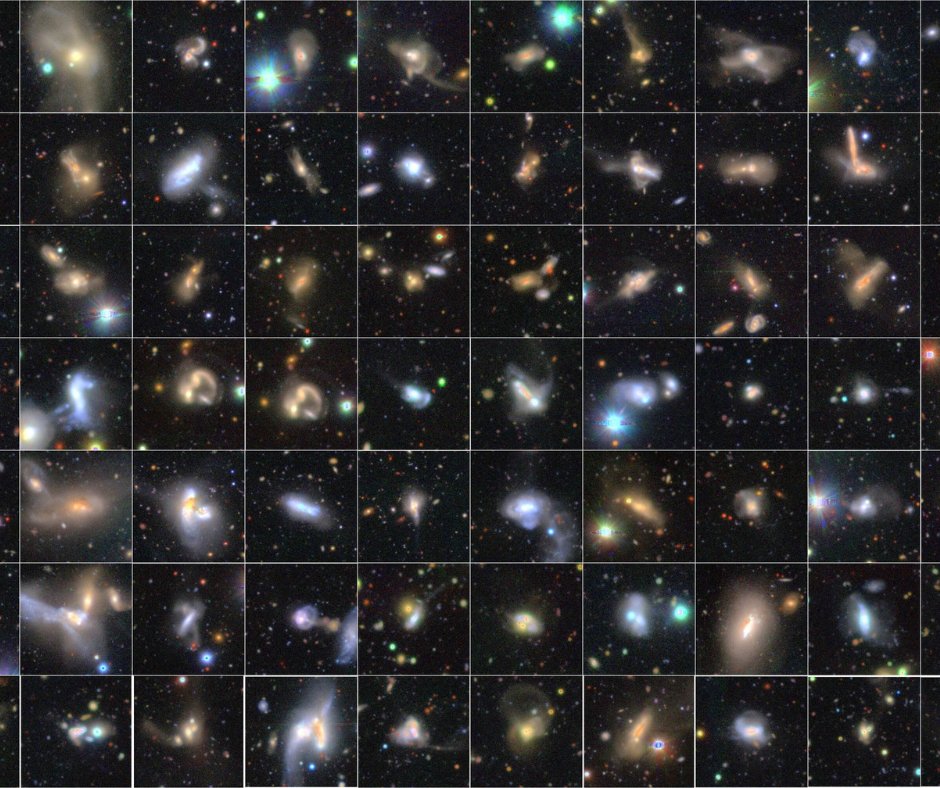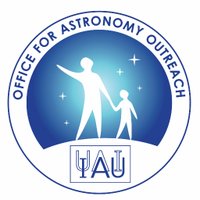
IAU OAO
@IAU_Outreach
The IAU Office for Astronomy Outreach (OAO): A global hub for #astronomy outreach. The OAO is a joint project between @IAU_org and @prcnaoj_en.
ID:1067683820
https://www.iau.org/public/oao/ 07-01-2013 07:27:25
5,5K Tweets
4,8K Followers
338 Following
Follow People



















Subaru telescope, located on Maunakea and operated by the National Astronomical Observatory of Japan, hosts a citizen science project called Galaxy Cruise. Get trained on identifying galaxy interactions and board the Cruise to become a citizen scientist!
galaxycruise.mtk.nao.ac.jp/en/procedure.h…





